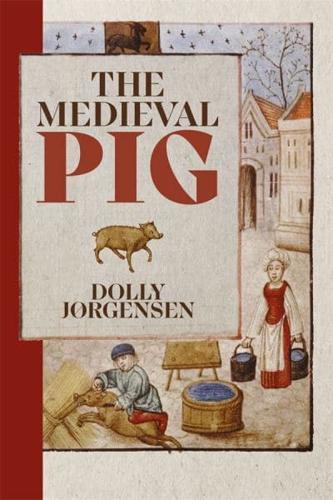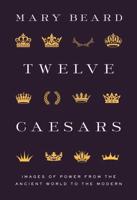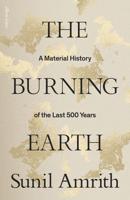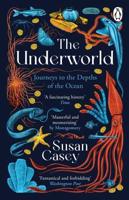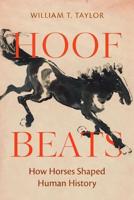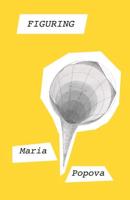Publisher's Synopsis
Examines the role of the pig in medieval society in material and textual sources. The pig was a common sight in the Middle Ages. They might be eating under an oak tree, or out in a field. They might be in the street, with the swineherd close behind at their heels. They might be dismembered, for sale by a butcher. They might be represented on misericords, in a church or cathedral, dancing, playing the bagpipes, or suckling people. Pigs were in all these places. But what was the pig's place? This book considers pigs in medieval Europe from a number of angles: whether part of the countryside, the cityscape, on the plate or in the mind. Drawing on a rich wealth of sources, both textual and material, it examines in particular the paradoxes that the pig presented: both good and bad, fecund/fornicator, noble/filthy. It uncovers the pig's numerous roles in medieval society, how pigs shaped human life, and how humans shaped theirs.
